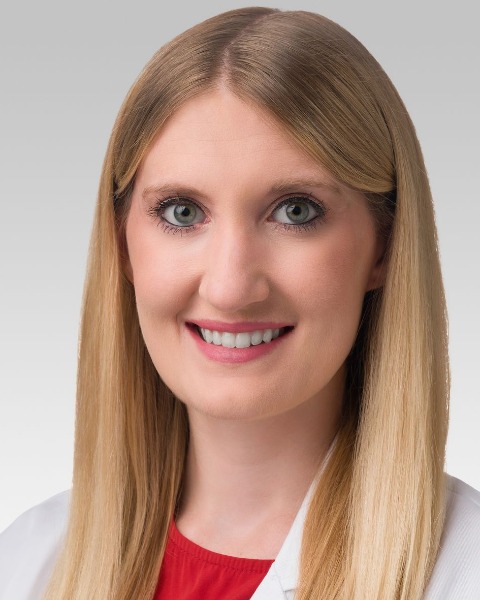Medical/Surgical/Diseases/Complications
Poster Session 2
(442) Association of fatty acid intake with preterm birth in nulliparas with obesity

Stephanie A. Fisher, MD, MPH (she/her/hers)
Assistant Professor of Obstetrics and Gynecology
Northwestern University Feinberg School of Medicine
Chicago, IL, United States
William A. Grobman, MD, MBA
Professor
The Ohio State University
Columbus, Ohio, United States
Gina F. Milone, MD (she/her/hers)
Fellow Physician
University of California Irvine
Irvine, CA, United States- RM
Rebecca B. McNeil, PhD
RTI
Durbam, NC, United States 
Brian M. Mercer, MD
Department Chair of Obstetrics & Gynecology
MetroHealth Medical Center
Cleveland, OH, United States
Christina Scifres, MD
Indiana University School of Medicine
Indianapolis, IN, United States- RS
Robert M. Silver, MD
University of Utah Health
Salt Lake City, UT, United States 
George R. Saade, MD (he/him/his)
Professor & Chair of Ob-Gyn
Eastern Virginia Medical School
Norfolk, VA, United States
Lynn M. Yee, MD, MPH (she/her/hers)
Associate Professor
Northwestern University
Chicago, IL, United States
Primary & Presenting Author(s)
Coauthor(s)
Prior data suggest the association between polyunsaturated fatty acid (PUFA) intake and preterm birth (PTB) differs by maternal body mass index (BMI), but it is unclear if the severity of obesity influences this association. We sought to assess the association between periconceptional dietary PUFA intake and PTB in gravidas with obesity.
Study Design: This is a secondary analysis of nulliparas enrolled in a prospective observational cohort who completed a 1st-trimester food frequency questionnaire assessing PUFA intake within 3 months of conception. Primary and secondary exposures were self-reported daily intake of docosahexaenoic and eicosapentaenoic acid (DHA+EPA, in milligrams) and Alternative Healthy Eating Index-2010 PUFA scores (AHEI PUFA %, as a % of total energy intake), respectively. The primary outcome was any PTB < 37 weeks, with spontaneous and indicated PTB (iPTB) as secondary outcomes. Multivariable logistic regression was used to estimate the odds of PTB associated with each PUFA exposure categorized in quartiles (Q1, lowest; Q4, highest) in nulliparas with early-pregnancy BMI ≥30 kg/m2. A test of interaction estimated effect modification of BMI ≥40 and, if significant, a stratified analysis was performed.
Results:
Among 1,874 eligible nulliparas, PTB occurred in 11% and 12% of gravidas with BMI 30-39.9 and ≥40, respectively. Significant interactions between BMI and EPA+DHA intake (p=0.02) and AHEI PUFA % (p=0.03) indicated that PTB rates differed by obesity strata. Specifically, in nulliparas with BMI ≥40, those with DHA+EPA intake in Q2 and Q3 had a 57% and 60% reduced adjusted odds of PTB, compared with those in the highest intake quartile (Q4), but no association with PTB was found for those with BMI 30-39.9 (Table). For AHEI PUFA %, Q2 intake in nulliparas with BMI ≥40 was associated with a 58% and 66% reduction in adjusted odds of any PTB and iPTB, respectively, but not for those with BMI 30-39.9.
Conclusion:
Severity of obesity mediates the association between periconceptional PUFA intake and PTB, with lower PUFA intake associated with reduced PTB in nulliparas with BMI ≥40.


